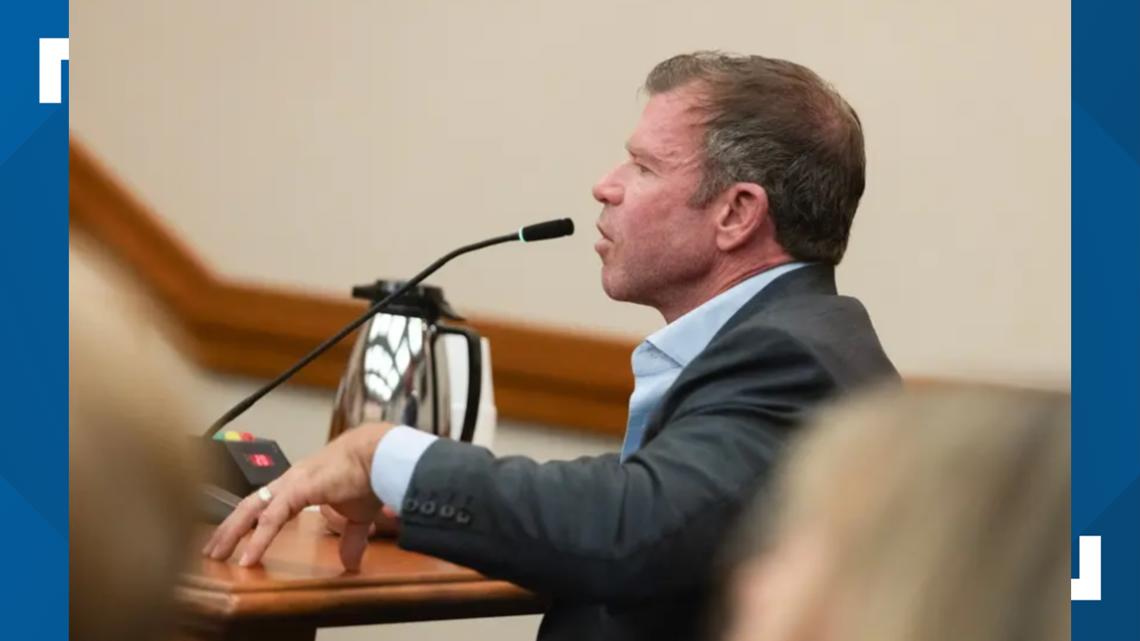Texas Film Industry Faces Competition from Other States
In recent discussions among Texas lawmakers, the future of the state’s film incentive program has come under scrutiny. The hearing, which featured clips from beloved television shows filmed in Texas and testimonials from notable actors like Dennis Quaid, highlighted a growing concern: Texas is losing out on lucrative film projects to states with more attractive incentives.
The Appeal of Texas
Texas has long been celebrated for its diverse landscapes and affordable living conditions, making it an ideal location for filmmakers. From the sprawling deserts to bustling urban settings, the state offers a variety of backdrops that can cater to any narrative. However, industry professionals have voiced their frustrations about the current incentive structure, which they argue is not competitive enough to keep projects from being lured away by other states.
Taylor Sheridan, the acclaimed writer and director, expressed his disappointment when his film “Hell or High Water” was shot in New Mexico instead of Texas. “My love story to Texas was shot west of where it should have been shot,” he lamented, underscoring the emotional connection many filmmakers have to the Lone Star State.
The Current Incentive Program
Established 17 years ago under former Governor Rick Perry, Texas’ film incentive program aims to attract various forms of media production, including film, television, commercials, and video games. The program offers grants based on eligible expenditures, such as hiring local workers and renting filming spaces. Currently, productions can receive a rebate ranging from 5% to 20%, but this is contingent on the program’s budget, which can run out quickly.
In recent years, the Texas Legislature has allocated varying amounts to this program. Last year marked a significant increase, with lawmakers approving $200 million over two years, a substantial jump from the previous $45 million. This investment reflects a growing recognition of the film industry’s potential to stimulate local economies and create jobs.
Legislative Review and Future Considerations
Lt. Gov. Dan Patrick has tasked the Senate Finance Committee with evaluating the effectiveness of this investment. The committee is also exploring how Texas can enhance its competitiveness by examining incentive programs in other states. While lawmakers have expressed pride in the program’s return on investment—reported at an impressive 469%—they acknowledge the need for a more sustainable and predictable funding model.
One challenge Texas faces is its lack of a state income tax or property tax, which complicates the implementation of traditional tax breaks. Senators have raised concerns that increasing incentives could spark a bidding war among states, potentially leading to unsustainable practices.
The Competition: Other States’ Incentives
States like New Mexico and Georgia have developed robust incentive programs that are drawing productions away from Texas. New Mexico offers a reimbursement rate of 25% to 40%, while Georgia boasts a 30% tax credit with no cap. These more generous incentives have led to high-profile projects, such as Richard Linklater’s “Hit Man,” being filmed in Louisiana and “Fear the Walking Dead” relocating to Georgia.
Sheridan highlighted the uncertainty surrounding Texas’ incentives, stating, “Not knowing how much incentive will exist in year three makes it really hard.” He emphasized the need for clarity and assurance that the program will remain viable in the long term.
The Impact on Texas Talent
The implications of these incentive disparities extend beyond just film projects; they also affect local talent. John Fleming, dean of the College of Fine Arts and Communication at Texas State University, revealed that 70% of graduates from the film program have left Texas due to a lack of job opportunities. Alarmingly, 96% of those graduates expressed a desire to return if the job market improved.
Chase Musslewhite, a Texas film producer and co-founder of Media for Texas, advocates for a reevaluation of the state’s approach to film incentives. She suggests exploring options like a franchise tax credit or a constitutional amendment to establish a dedicated fund, similar to the Texas Energy Fund, to ensure a more stable financial foundation for the film industry.
Conclusion
As Texas grapples with the challenges of maintaining its status as a film production hub, the conversation around incentives is more critical than ever. With competition intensifying from other states, the future of Texas’ film industry may hinge on lawmakers’ ability to adapt and innovate in their approach to attracting and retaining film projects.
